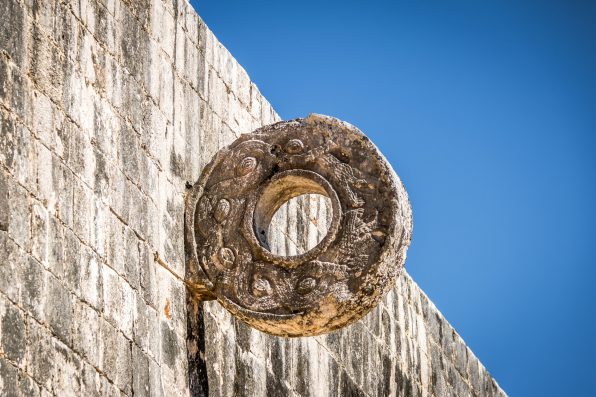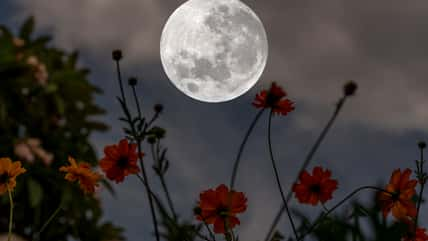Traces Of Plants With Hallucinogenic Properties That May Have Been Used For A Special Ritual Were Uncovered At An Ancient Maya Ball Court In Mexico

At an ancient Maya ball court in Mexico, traces of several plants with hallucinogenic properties were found. It is believed that they may have been used as part of a special ritual.
A team of archaeologists unearthed the bundle of botanicals while conducting fieldwork in the ancient Maya city of Yaxnohcah on the Yucatán Peninsula.
The latest findings have provided researchers with a glimpse into what ritual life was like for the ancient Maya.
“For millennia, healing and psychoactive plants have been part of the medicinal and ceremonial fabric of elaborate rituals and everyday religious practices throughout Mesoamerica,” the researchers wrote in their paper.
“Despite the essential nature of these ritual practices to the societal framework of past cultures, a clear understanding of the ceremonial life of the ancient Maya remains stubbornly elusive.”
Ancient texts, artwork, and well-preserved artifacts have served as the primary sources of information for Maya rituals.
It is rare for plants associated with ceremonial activities to be preserved because the tropical climate conditions in the Maya region do not allow it.
But in the new study, researchers were able to perform an environmental DNA analysis of soil samples they had taken from the site.
The analysis revealed the 2,000-year-old remnants of four different types of plants that were often used by the Maya and had “religious associations and medicinal properties.”

diegograndi – stock.adobe.com – illustrative purposes only
The plants included a vine in the morning glory family known as xtabentun, chili peppers, the lancewood plant, and a tree called jool. The botanicals were wrapped together in a bundle.
The xtabentun has hallucinogenic properties and was used in ceremonial contexts, particularly in divination rituals for connecting with spirits.
Today, people living in the same region use the honey of bees that feed on xtabentun flowers to brew mead. Furthermore, the ancient Maya used chili peppers to treat a number of illnesses.
“We think of chili as a spice. But it was much more than that for the ancient Maya. It was a healing plant used in many ceremonies,” said David Lentz, the lead author of the study with the University of Cincinnati.
In addition, the lancewood plant has oily leaves that are known to be an anesthetic and an antibiotic agent and contain a compound that opens up blood vessels.
Finally, the leaves of the jool tree were used to wrap bundles of food for Maya ceremonies. They also acted as a medicine to treat snake bites.
The plant remains were discovered beneath a plaza floor of a stone and earthen ceremonial platform that was three feet high.
The platform originally held several domestic structures dating back to the Middle Preclassic period, but sometime during the Late Preclassic period, it was remodeled, and a ball court was added.
On these courts, the Maya would play ball games. However, the courts also functioned as sacred spaces where ceremonial activities were conducted. The plants found on the ball court represented an offering to the gods to bless the space.
Sign up for Chip Chick’s newsletter and get stories like this delivered to your inbox.
More About:News





